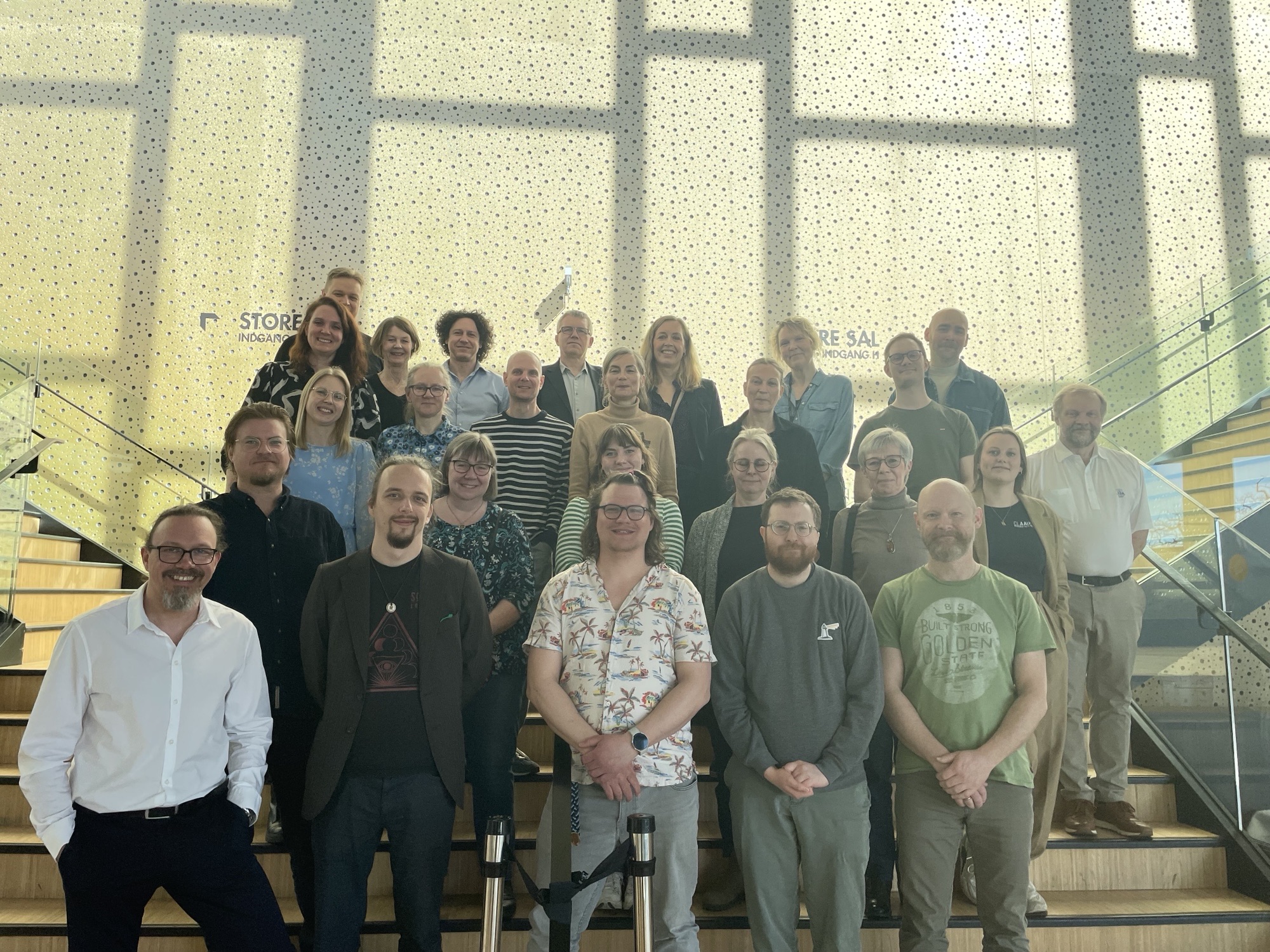Project framework
Timeline: several years Number of people involved: +10 Number of institutions involved: 1 Funding (EU funding or not): not
Knowledge of FAIR prior to case engagement
No knowledge
When was tools used working towards FAIR in the case
After – in the publishing phase at Danmarks Statistik
Which FAIR tools were used in the case and for what purpose
Tool: Danmarks Statistik – for the purpose of Findability, Access, Re-use
What were the main challenges using FAIR in this case
The case was not representative for normal procedure, therefore this also contains more general thoughts on implementing FAIR in this research department.
- Often Ph.d.’s doing the field work, and they don’t necessary have the competences, time or focus on doing proper metadata.
- Who owns data? When the ph.d. student leaves, no one knows were data is or even more important, how data was collected and alter rated, therefore it’s often seen as “lost” data.
- the funding you get only cover gathering the data and writing the important articles. Therefore it will be a waste of time and money to focus on FAIR.
What were the main benefits using FAIR in this case
- Because the data were planned to be published at Danmarks Statistik the number and level of metadata were defined before the project startet. Which ment that the data and metadata were properly documented according to several FAIR principles.
- If data had been FAIR in all our projects, we would have known where to find “old” data and we would be able to reuse it. The cost could probably be lower than the benefits.
Key learning points
- There are tools to overcome the problem with the shift in personel (ph.d.), tools that track data and changes. This could be very helpful in the future.
- The time spent on doing proper metadata, will just have to be incorporated in this department, because good metadata also means higher Findability!
- The funders also have to understand, that good data and good metadata comes with a prize. Pay more, or assign a datamanager/data steward to our projects.
Contact details
For further information on this case contact Lea Sztuk Haahr, the Danish National Archives, lsh@sa.dk
FAIR tools for Sensitive Health Data
In this case, they used Danmarks Statistik to publish data and metadata from this particular project. This relates to the FAIR processes:
- Release: Publication data and metadata through Danmarks Statistik
- Preserve: Preservation through Danmarks Statistik
- Publish / Disseminate: Publication through Danmarks Statistik
- Archive: Danmarks Statitisk, maybe the Danish National Archive later.
- Discover / Reuse
Danmarks Statistik offers:
- Providing dissemination
- Providing standard usage licenses (Creative Commons)
- Providing standards for metadata (documentation)
- Exposing machine-readable metadata
- Providing open access to metadata (and data)
If archived at the Danish National Archive:
- Providing DOI (persistent identifiers)
- Providing dissemination
- Long term preservation



